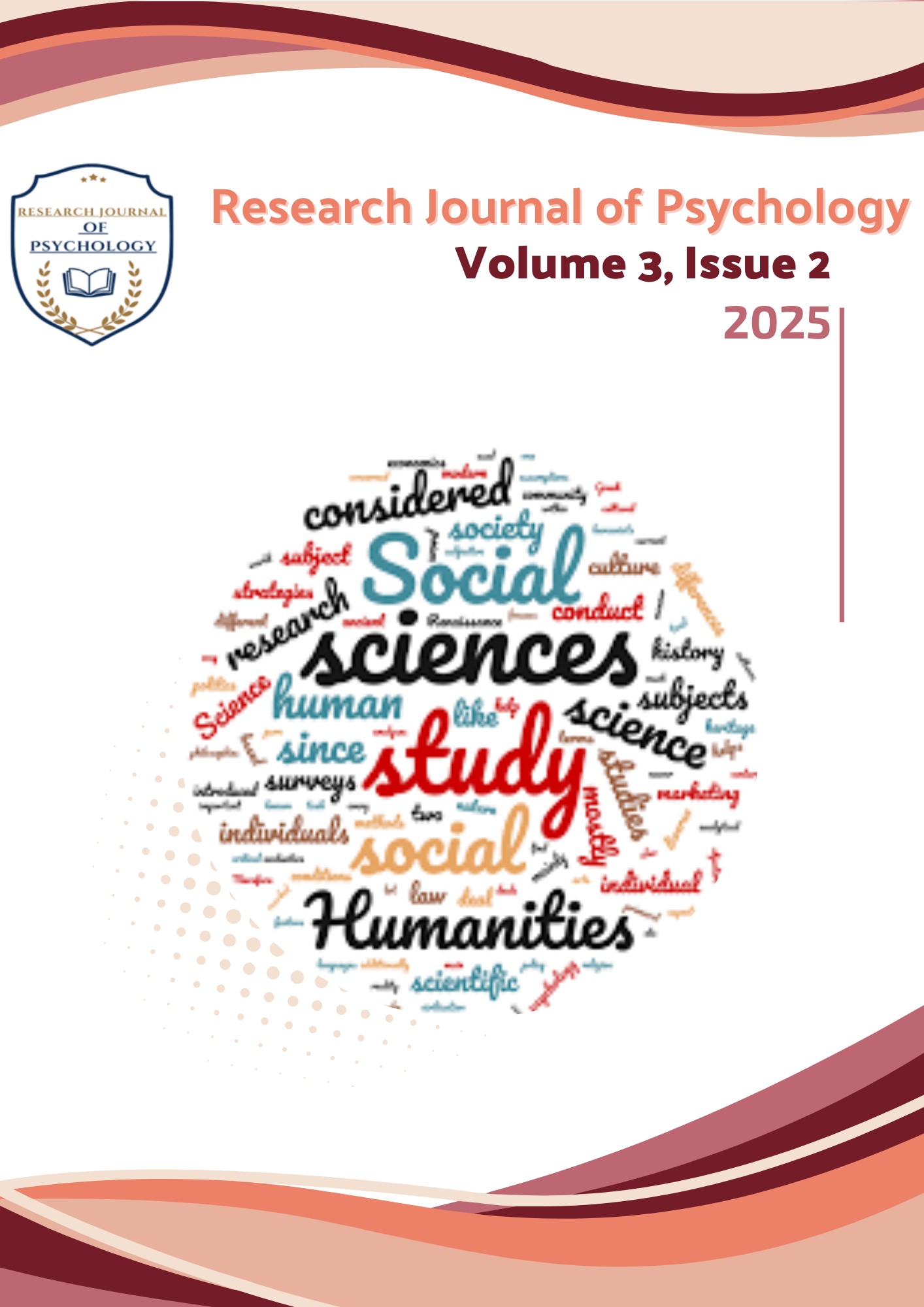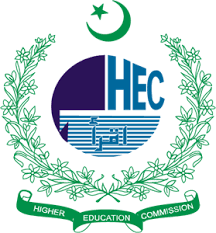Mediating Effect of Organizational Readiness for Adoption and Moderating Effect of HR Staff Expertise and Top Management Commitment on HRIS -Research on Energy Sector
DOI:
https://doi.org/10.59075/rjs.v3i2.126Keywords:
Innovation Diffusion, HRIS, Relative Advantage, Compatibility, Complexity, Organization’s Readiness for Adoption, HR staff expertise and Top management commitmentAbstract
In the 21st century, global progress is increasingly intertwined with technological advancements. Organizations aspiring to achieve success or already achieving it recognize the importance of embracing the latest innovations. The primary aim of this study is to assess and scrutinize the connection between "Innovation Diffusion and HRIS" while considering the mediating impact of "Organization's Readiness for Adoption" and moderating effects of Top Management Commitment and HR Staff Expertise within K-Electric. This research is rooted in the "Diffusion of Innovation" theory formulated by Everett M. Rogers in 1962. To accomplish this, several hypotheses have been formulated to empirically test the constructs related to "Diffusion of Innovation and HRIS." Primary data was collected through a survey questionnaire utilizing a 5- point Likert scale, reaching a sample size of 371. Additionally, peer-reviewed journals served as a secondary data source. The statistical analysis of the collected data was conducted using "Smart PLS." The results show the positive effect of Innovation diffusion on HRIS with the presence of mediating variable. Whereas with moderating variables there is a negative impact on HRIS. Based on these findings, it is recommended that regulatory bodies ensure the successful implementation and integration of HRIS within organizations. Furthermore, it is advised to provide comprehensive training sessions to end-users of the innovation, supported by ongoing encouragement from higher management.
Downloads
Published
How to Cite
Issue
Section
License
Copyright (c) 2025 Research Journal of Psychology

This work is licensed under a Creative Commons Attribution 4.0 International License.







